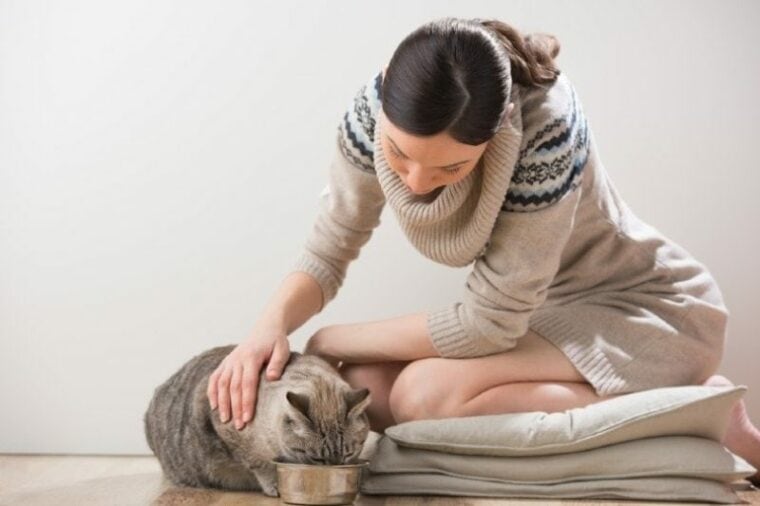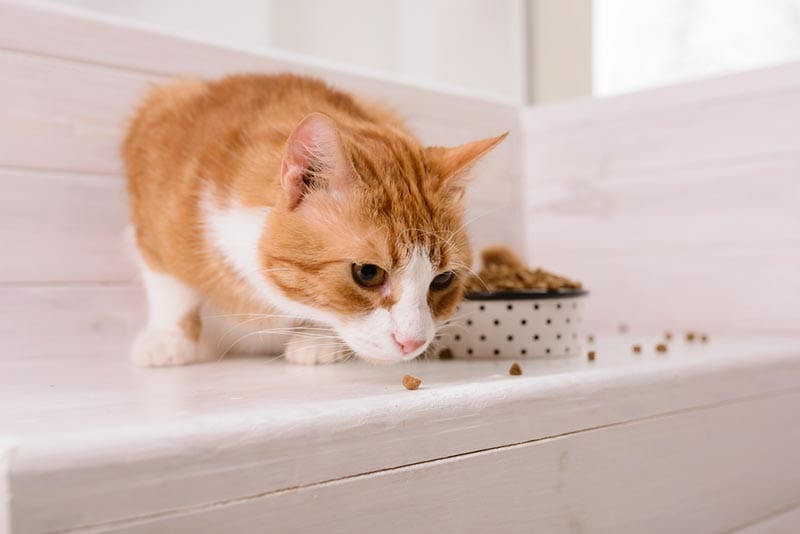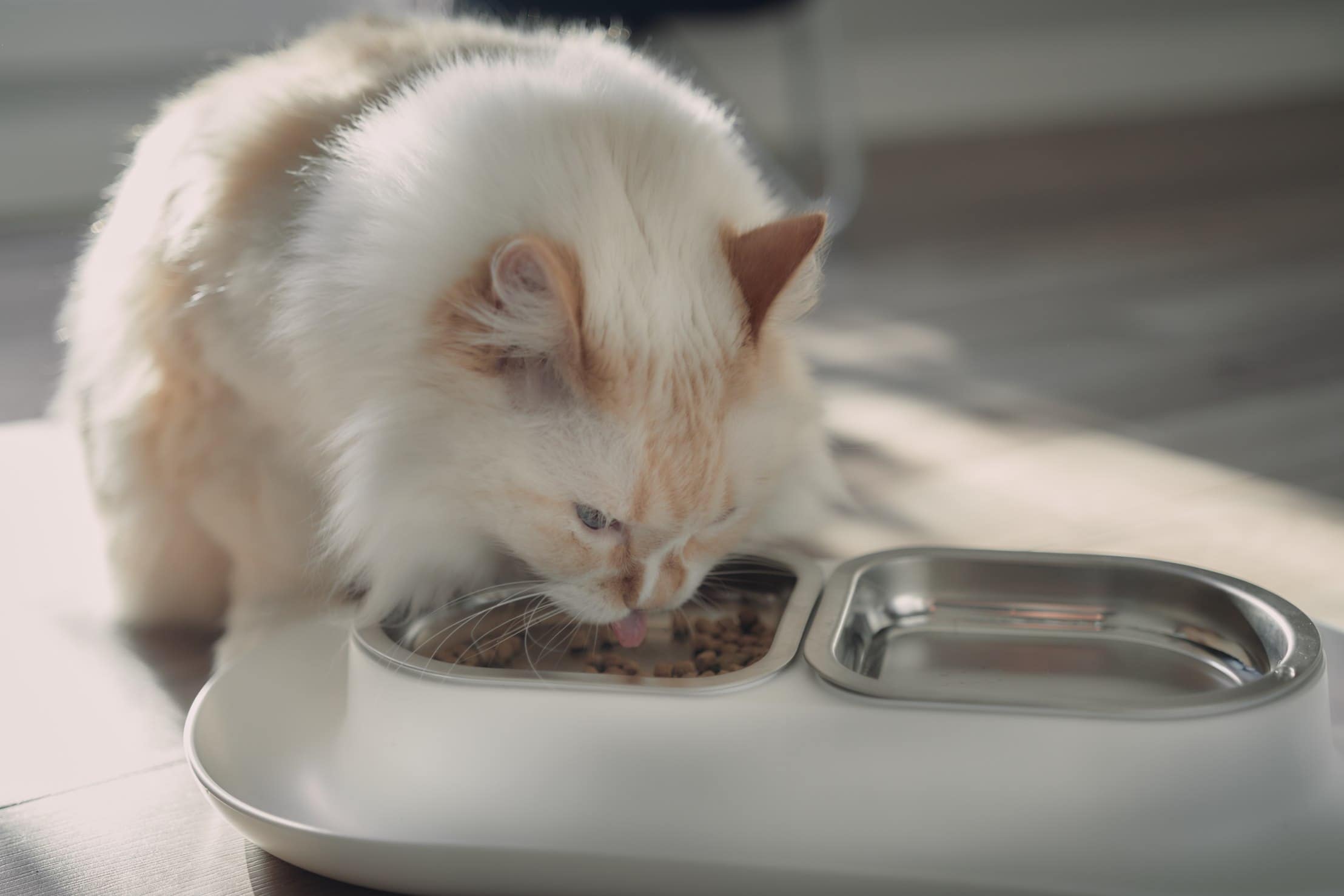
Cats are obligate carnivores and therefore require a diet that is mostly made up of animal protein. Fortunately, most commercial cat food brands strive to meet these nutritional needs. However, sometimes, a type of cat food stops working because of things like budget, your cat’s developed disinterest, or a health condition that requires dietary changes.
But what happens when you change your cat’s food? In the long term, it may help or hinder their health and happiness, depending on the reason for the change. Either way, yes, the average cat is likely to get temporary diarrhea after a food change. Read on to learn more.
Why a Cat’s Diet Can Affect Their Digestive System
Commercial cat foods are not all created equal. Some contain fish as the main protein ingredient, while others contain chicken. Some contain a mixture of multiple meats. Each food product also contains other ingredients, such as wheat, rice, carrots, peas, nutritional yeast, and artificial ingredients like flavors.
A cat’s digestive system gets used to eating a specific diet and gets into a “groove” of digesting everything so all nutrients can be properly absorbed. When the main ingredients in their food suddenly change, their digestive system tends to get confused while trying to figure out how to handle the new food.
This isn’t to say that cats can’t handle digesting new food; it just means they have to get used to doing so. This is why it’s a good idea to transition your kitty to a new food slowly and intentionally. Fortunately, this feat is easy to manage once you understand the concept.
Reasons to Change a Cat’s Diet

Even though most cat owners try to keep their cats on the same diet and eating the same brand of food, there are several reasons that a cat’s diet might need to be changed:
Whatever the reason, there is a safe and effective way to transition your kitty to a new diet without forcing them to deal with extensive digestive problems like diarrhea. Let’s discuss how to do so.
How to Introduce Your Cat to a New Diet With Minimal Digestive Problems
No matter the reason for changing your cat’s diet, it is always a good idea to look for a replacement that is similar in taste and texture to what they are used to. This will help ensure that they take to the cat food well and don’t shun it, which can be frustrating for everyone involved. The food should also be similar in nutritional value unless the change is for health reasons and nutrition must be adjusted. Once you find a suitable replacement for your cat’s current food, introduce the new food as follows:
This week is crucial to determine how tolerant your cat is to the new food. If they show signs of distress or their diarrhea is excessive and chronic, reduce the new food amount until their meals are tolerated again. Take the steps outlined here even slower, and ensure that your cat is tolerating their meals well before moving on to the next step.
Conclusion
Cats can get diarrhea after their food gets changed, especially if the transition is not done slowly and intentionally. Hopefully, the information and tips outlined here will help make the experience of switching your cat to a new food less stressful and more successful overall.
Featured Image Credit: Milles Studio, Shutterstock








